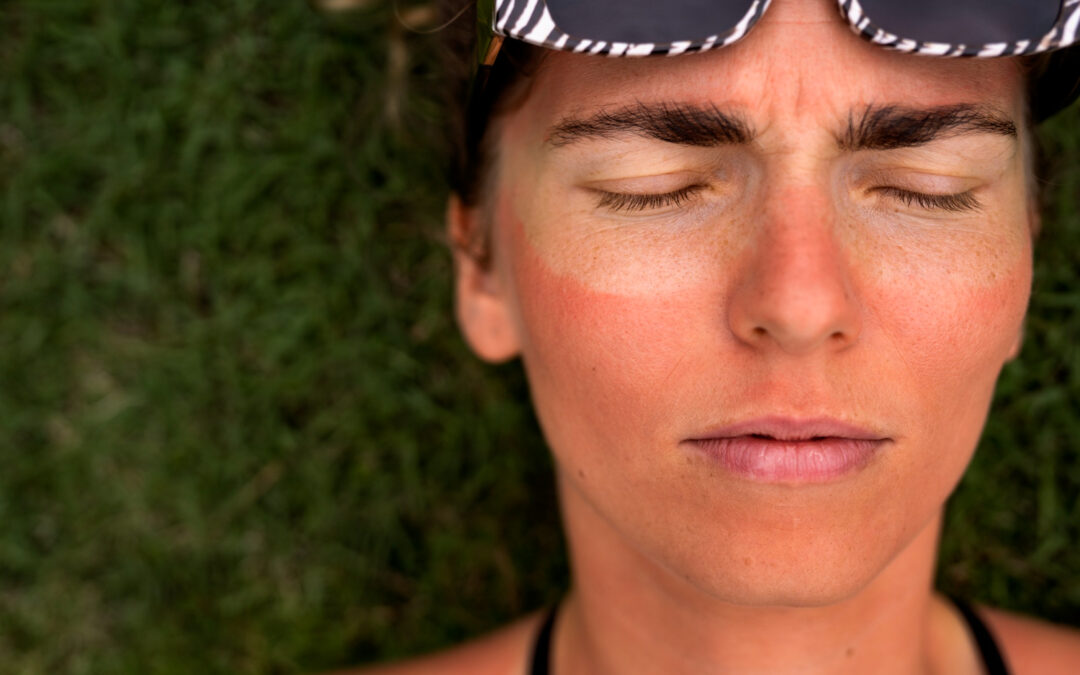Complex Regional Pain Syndrome (CRPS) is a chronic pain condition that can occur after an injury, surgery, or other medical events.
It often causes severe pain, swelling, and sensitivity in the affected area. As people grow older and CRPS worsens, many consider moving to warmer places, believing that the mild temperatures will provide relief from their chronic pain. However, the summer heat can worsen their symptoms. Before you pack your bags and plan your retirement in Florida, it’s crucial to learn how to recognize the symptoms of CRPS and summer heat. Let’s explore some alternatives to alleviate the discomfort and pain to improve your overall health.
Symptoms of CRPS and Summer Heat
-
-
- Unprovoked or Sudden Pain: Pain from CRPS can be constant or fluctuate. It is often described as a burning or pins-and-needles sensation.
- Excess Sensitivity: One might experience heightened sensitivity to touch, known as allodynia, where even light contact can cause severe pain.
- Changes in Skin Color and Temperature: The affected area may become warmer or colder, and color may appear blotchy and red.
- Swelling and Skin Changes: Heat can worsen swelling and cause changes in skin texture, such as thinning or thickening, making the affected area more painful.
- Sweating and Abnormalities: Abnormal sweating and changes in hair or nail growth on the affected limb can also become more noticeable when exposed to the heat.
-
Finding Relief
Managing Complex Regional Pain Syndrome (CRPS) often requires exploring different remedies. Detecting and treating CRPS is essential, as early care can help make symptoms less severe and prevents further problems. Here’s a breakdown of the most common treatments:
-
-
- Physical Therapy: Regular movements and exercise can improve blood flow to the affected area.
- Compression: Elevating the affected limb, resting, and using compression like stockings or sleeves can help reduce swelling and improve circulation.
- Psychological Support: Many people with CRPS develop secondary conditions like depression, anxiety, or PTSD due to chronic pain. Therapy can improve emotional well-being and help one return to daily activities.
- Medications: Various medications—including acetaminophen, NSAIDs, antidepressants, and topical treatments—can help manage CRPS symptoms.
- Spinal Cord Stimulation: Electrodes are implanted near the spinal cord to create tingling sensations that block pain signals. This procedure involves minor surgery and can be adjusted externally by the patient.
- Ketamine Therapy: In cases where other treatments are ineffective, low doses of ketamine have shown relief to CRPS. Ketamine therapy can help manage severe and ongoing pain.
- Alternative Therapies: Some patients find relief through alternative treatments such as acupuncture or chiropractic care. While these therapies do not aid the underlying cause, they can help manage symptoms.
-
Contact Vitalitas Denver
If you’re struggling with CRPS, contact our team at Vitalitas Denver. We are here to explore care options and tailor a treatment plan that best suits your needs.


